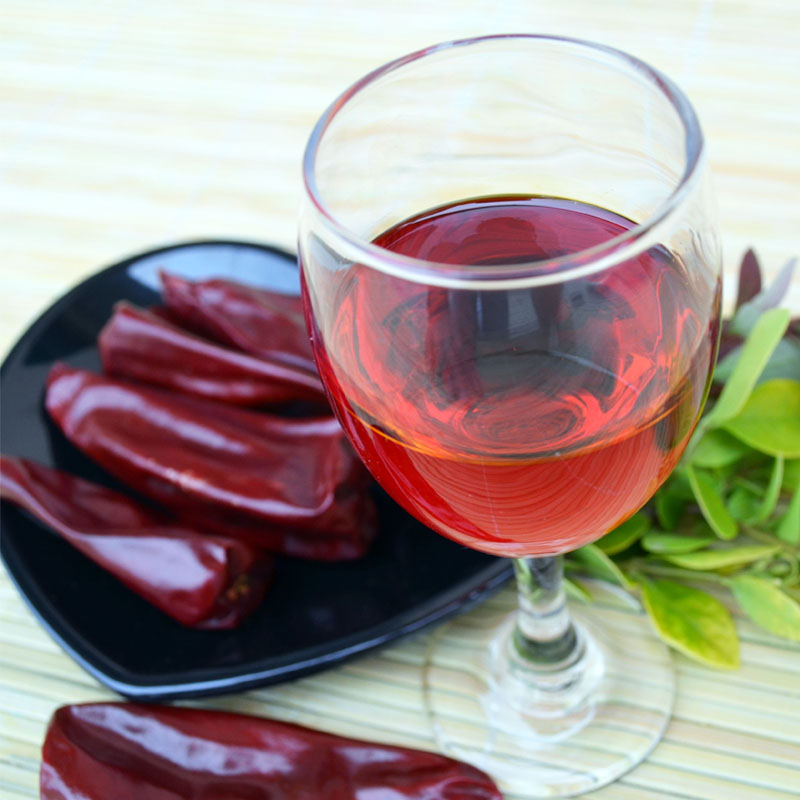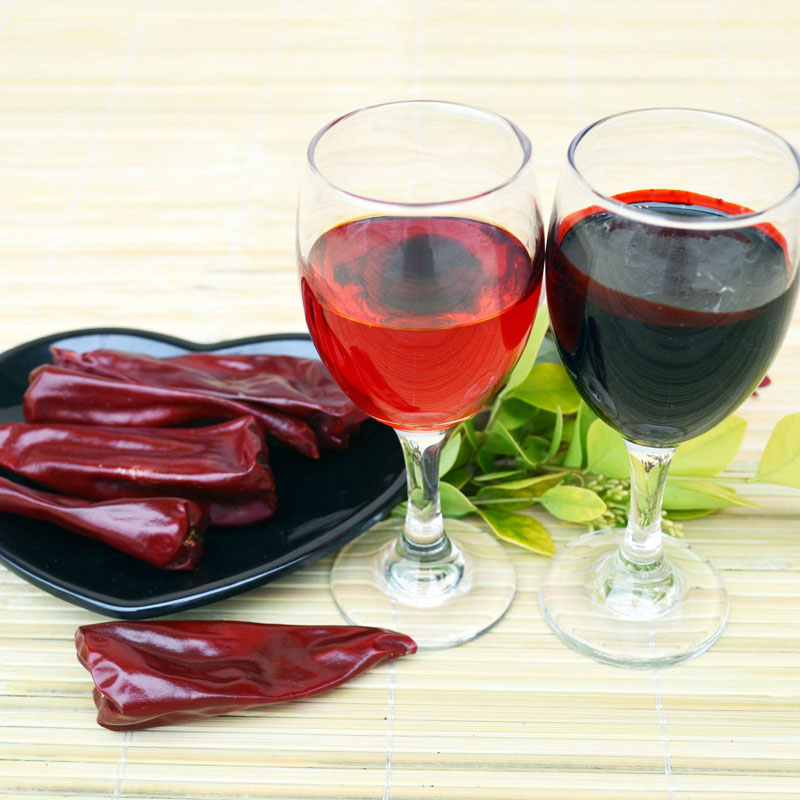- No. 268 Xianghe Street, Economic Development Zone of Xingtai city, Hebei 054001 China
- Byron@hbhongri.cn
Capsicum Frutescens Oleoresin | High-Heat, Food-Grade
A Field Note on Capsicum Frutescens Oleoresin for Modern Formulators
If you work in sauces, snacks, or functional foods, you’ve probably toyed with hot extracts lately. To be honest, heat is riding a clean-label wave: color plus punchy flavor without sugar or complex stabilizers. From my recent factory visits in Hebei to R&D labs in Rotterdam, one hero keeps showing up—Capsicum Frutescens Oleoresin. It’s compact, predictable, and (surprisingly) easier to scale than whole spice routing.

What it is, and why it’s trending
Capsicum oleoresin is the oil-soluble extract from Capsicum annuum or frutescens. In practice, it delivers two things brands want: consistent heat (measured in SHU) and warm red/orange hue (ASTA color). Trends? Higher-precision heat mapping, solvent-residue transparency, and supercritical CO₂ runs for premium lines. Many customers say moving from ground chili to Capsicum Frutescens Oleoresin cut their batch-to-batch variability by half.
Product specs at a glance
| Appearance | Deep red-brown viscous liquid |
| Capsaicinoids (HPLC) | ≈ 6–12% (real-world use may vary by batch spec) |
| Heat rating | 100,000–1,000,000 SHU options |
| Color (ASTA) | ≈ 80–150 ASTA |
| Residual solvents | Complies with AOAC/industry limits; typical ND in final |
| Carrier | Food-grade vegetable oil (custom: sunflower, MCT) |
| Packaging | 1–25 kg HDPE or tinplate; nitrogen-flushed on request |
| Shelf life | 24 months at 5–25°C, away from light/oxygen |
| Certs | ISO 22000/FSSC 22000, HACCP; Halal/Kosher available |
Process flow (how it’s made)
Materials: cleaned, dried Capsicum annuum/frutescens pods (traceable farms) + food-grade solvent (or CO₂).
Methods: milling → solvent extraction → filtration → winterization → solvent recovery → standardization with carrier oil → polish filtration.
Testing standards: HPLC for capsaicinoids (AOAC), ASTA color, moisture/ash as needed, microbiology (TPC, yeast/mold), and heavy metals per Codex guidance. Service life is protected by light/oxygen barriers; I guess most issues come from drum headspace and warm warehouses, not chemistry.

Applications and real-world notes
- Sauces and marinades: dialed-in SHU keeps line trials short.
- Snack seasonings: disperses into oil slurries; color bonus.
- Processed meats/plant-protein: heat without water activity upsides.
- Nutraceuticals/topicals: capsaicinoid-driven thermogenic or warming effect (formulation care needed).
Vendor landscape (quick compare)
| Vendor | Origin | Certifications | Capsaicinoids | Lead time | Customization |
|---|---|---|---|---|---|
| Hongri Spice | Xingtai, Hebei, China | FSSC 22000, HACCP, Halal/Kosher | ≈ 6–12% (tight SHU control) | 7–15 days | Carrier, SHU, color, solvent/CO₂ |
| Global A | India | ISO 22000, Halal | ≈ 5–10% | 2–4 weeks | SHU focus; limited carriers |
| Global B | EU | FSSC 22000 | ≈ 4–9% | 3–5 weeks | Color-first; premium CO₂ |

Customization, QA, and testing
Most buyers ask for SHU brackets (e.g., 200k, 500k, 800k), specific ASTA color, and carrier tweaks for viscosity and dispersion. Typical lab numbers I’ve seen: capsaicinoids 8.2% ±0.3, ASTA 120 ±5, microbial counts within Codex spice guidance, and non-detect solvents at release. Batches ship from No. 268 Xianghe Street, Economic Development Zone of Xingtai city, Hebei 054001 China—traceability docs are standard.
Mini case notes
- Snack brand (EU): swapped chili powder for Capsicum Frutescens Oleoresin, cut seasoning usage by ≈22% while holding sensory heat; complaints dropped after SHU tightened to ±5%.
- Sauce co-packer (US): moved to CO₂ extract for premium SKU; gained brighter color and cleaner label at a small cost delta, but improved year-round consistency.

Final thought: while the category looks crowded, the practical edge is in test data, repeatability, and how calmly a vendor manages custom specs. On that, Capsicum Frutescens Oleoresin from established spice processors continues to be a very safe bet.
Authoritative citations
- American Spice Trade Association (ASTA) Analytical Methods – Color and related assays. https://www.astaspice.org/food-safety-education/asta-analytical-methods/
- AOAC Official Methods – Capsaicinoids determination (HPLC), e.g., AOAC 995.03. https://www.aoac.org/
- Codex Alimentarius: Code of Hygienic Practice for Spices and Dried Aromatic Herbs (CXC 42-1995). https://www.fao.org/fao-who-codexalimentarius/
- ISO 22000:2018 – Food safety management systems requirements. https://www.iso.org/standard/65464.html
-
Capsicum frutescens oleoresin – High Purity, Food GradeNewsNov.17,2025
-
Capsicum Frutescens Oleoresin – Natural Heat & FlavorNewsNov.17,2025
-
Peppereka Powder – Fresh, Vibrant Color & Sweet AromaNewsNov.17,2025
-
Paprika Oleoresin | Natural Red Color, Heat & Flavor BoostNewsNov.17,2025
-
Pure Turmeric Extract 95% Curcumin | Potent, Lab-TestedNewsNov.17,2025
-
Red Papper Pods – Premium Sun-Dried, Bold Heat & AromaNewsNov.10,2025







